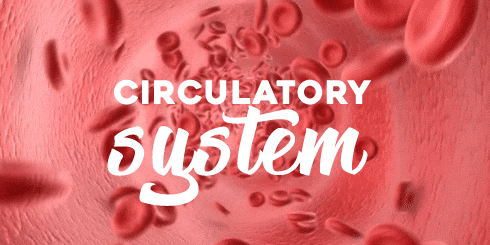


The circulatory system is an extensive network of organs and blood vessels that is responsible for the flow of blood, nutrients, hormones, oxygen and other gases.
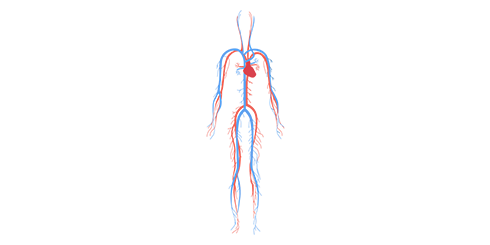
The oldest records of his study date from the 16th century b.C, for example the Papiro Ebers which is an ancient egyptian medical treatise provides some of the first writings on the circulatory system where the connection between the heart and the arteries.
Later the Greek doctor Galeno de Pérgamo who lived in the second century a.C proposed an open system in which blood was produced by the liver from the food, the production is done constantly and the blood was distributed to the heart, lungs, brain and peripheral tissues.
The blood that was used was absorbed by the body and that which was not eliminated by invisible emanations. This incorrect model was used for more than 1500 years, it was until the english doctor William Harvey correctly described the blood circulation.


The blood vessels are hollow and tubular structures through which the blood that is pumped by the heart is transported, there are three main types of blood vessels are the arteries, veins and capillaries.
Broadly speaking arteries are responsible for transporting oxygenated blood and nutrients to all cells of the body.
The veins are the ones that carry blood back to the heart and also transport carbon dioxide.
And finally the capillaries are the thinnest blood vessels and establish communication between arteries and veins.
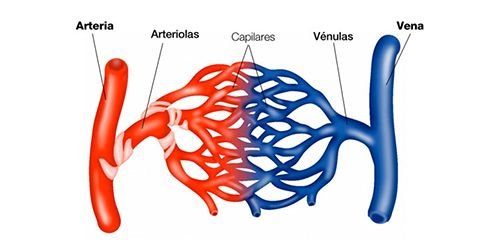
If all the blood vessels were ordered one behind the other forming a row we would have 100,000 kilometers long, with this magnitude it could be given two and a half turns to the earth since the planet in the line equatorial has a circumference of 40,076 kilometers approximately.

Now let's talk about the main organ of the circulatory system

Which pumps the blood throughout the body, is about the size of a fist and weighs between 280 to 300 grams in the men and 230 to 280 grams in the woman.
It is located in the center of the thorax and points to the left side due to a pushing force that generates a group of cells on the right side.
It is the genes SNAIL and PRRX that are responsible for inducing cellular movements through proteins that convert an immobile cell into a mobile one.
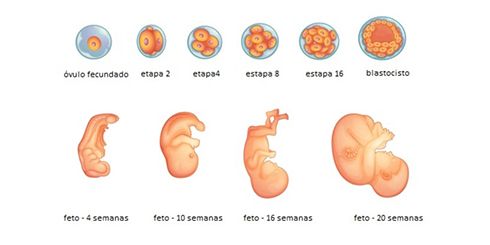
since if these do not work they do not produce the necessary proteins, the embryo does not develop and it dies, so when the heart begins to form in the embryo, more cells are incorporated from the right, influenced by the genes of the genes SNAIL and PRRX causing a pushing force that goes from right to left and thus the displacement of the heart occurs.
The normal position of the heart is that it is oriented towards the left side, however, there are cases where it is oriented towards the right side in a condition known as Dextrocardia.
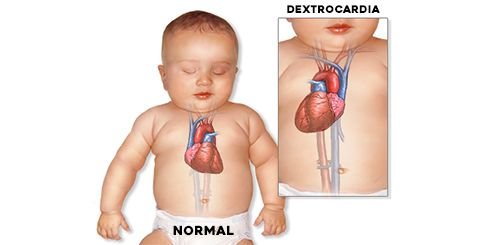
There are two main types of Dextrocardia, the dextrocardia situs inversus in which the organs are on the opposite side to what they should be and the dextrocardia situs ambiguous in which only one of the organs is inverted and all others are in their normal position.
The causes of this condition are still not entirely clear but it is associated with genetic factors, there are cases of patients with this condition that do not have major heart defects and do not require any treatment, in other situations the patient will require surgery and follow a treatment specific doctor.

On the other hand, space travel and long stays in low-gravity environments are a great physical challenge for astronauts since their body presents changes while being in space and of course the circulatory system is not exempt from those changes.
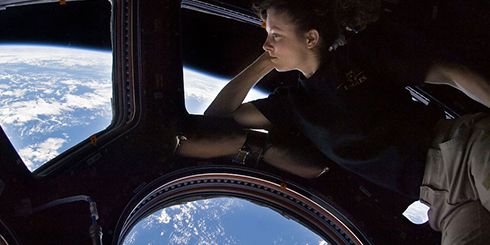
In the space the automatic reactions of the body to maintain the blood pressure are not required due to the lack of gravity, this causes the blood pressure to balance throughout the body to a value uniform of 100 mmHg (millimeters of mercury), for this reason the astronauts look something strange since their faces swell when being injected with blood flow, in addition in two or three days the astronauts lose until 22% of the sanguineous volume reason why the Heart does not need pump so hard causing it to go atrophy.
The heart also changes shape when being in space, becomes 9.4% more spherical, this form is temporary since the muscle acquires its usual shape once the astronaut returns to earth, however The long-term effects of this condition are still unknown and that is why scientists do not rule it out as a cause of cardiac problems in the crew members.

These are just some of the peculiar data that we can find and of course there are many more, for example, the heart can be broken literally by suffering very strong emotions or that a heart on average beats three billion times during a person's life or the average life of a red blood cell is 120 days.
So, what do you think of these peculiar data? Let me know in the comments!



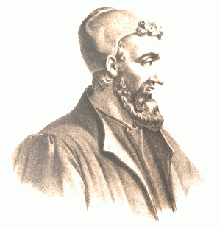

Congratulations @eduardsalas! You have completed some achievement on Steemit and have been rewarded with new badge(s) :
Click on any badge to view your own Board of Honor on SteemitBoard.
To support your work, I also upvoted your post!
For more information about SteemitBoard, click here
If you no longer want to receive notifications, reply to this comment with the word
STOPDownvoting a post can decrease pending rewards and make it less visible. Common reasons:
Submit